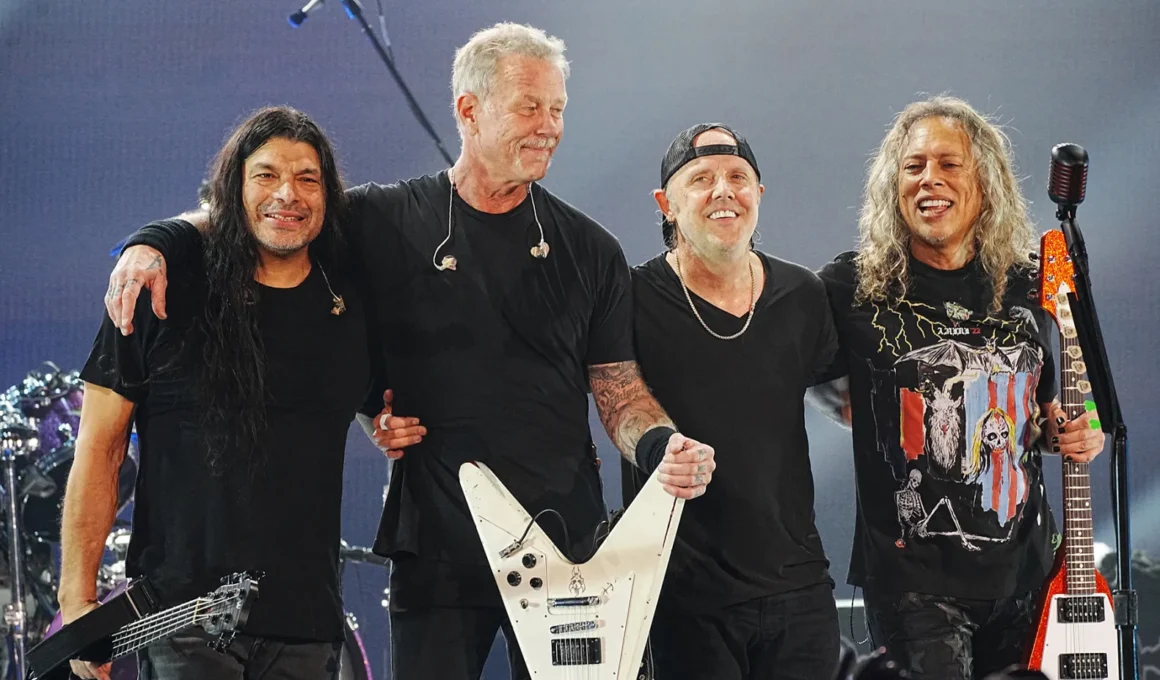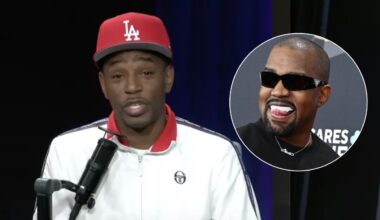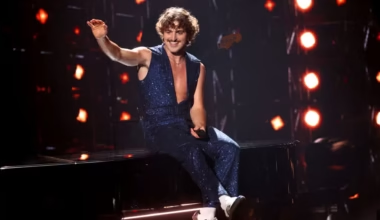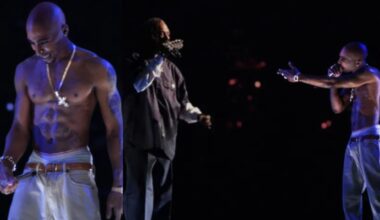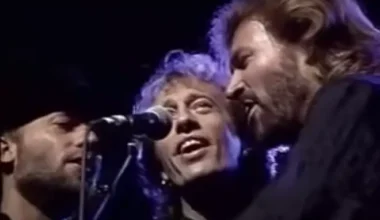It begins with the chilling echo of machine-gun fire — an unmistakable thunder that sends shivers down the spine. Then comes the slow, haunting riff that builds into a storm of rage and despair. Metallica’s “One” isn’t just another heavy metal anthem — it’s one of the most haunting anti-war songs ever written. Released in 1989 as part of the band’s groundbreaking album …And Justice for All, “One” stands as a masterpiece that fuses technical brilliance with a story so tragic, so visceral, that even decades later, it feels as devastating as the day it was recorded.
The song draws its inspiration from Johnny Got His Gun, the 1939 anti-war novel by Dalton Trumbo, which tells the story of a young World War I soldier who wakes up in a hospital after a shell blast — only to realize he has lost his arms, his legs, his eyes, his hearing, and his ability to speak. He is alive, yet completely cut off from the world. The horror of his existence — trapped inside his own body — is at the core of Metallica’s lyrics. “Darkness, imprisoning me / All that I see, absolute horror,” James Hetfield growls, his voice trembling with the anguish of a man robbed of everything but consciousness. It’s not just a song; it’s a psychological nightmare put to music.

From the opening burst of gunfire and the whir of helicopters, “One” immediately immerses the listener in a battlefield. Lars Ulrich’s drums mimic the staccato rhythm of automatic weapons, Kirk Hammett’s searing guitar solos cut through the noise like shrapnel, and the track builds — slowly, relentlessly — into a chaotic explosion of double-bass fury. The soundscape is as cinematic as it is brutal, making the song a sonic representation of war’s inescapable trauma.
The music video for “One,” which became one of the most iconic in rock history, only deepened the song’s impact. Using footage from the 1971 film adaptation of Johnny Got His Gun, Metallica portrayed the soldier’s torment — his futile attempts to communicate with the outside world by moving his head in Morse code, his desperate plea for death. The intercut scenes of the band thrashing in a dark warehouse mirrored the soldier’s inner chaos. The result was chilling, revolutionary, and unlike anything MTV had ever seen. The video propelled Metallica into global superstardom, turning them from underground thrash heroes into one of the most influential bands in music history.
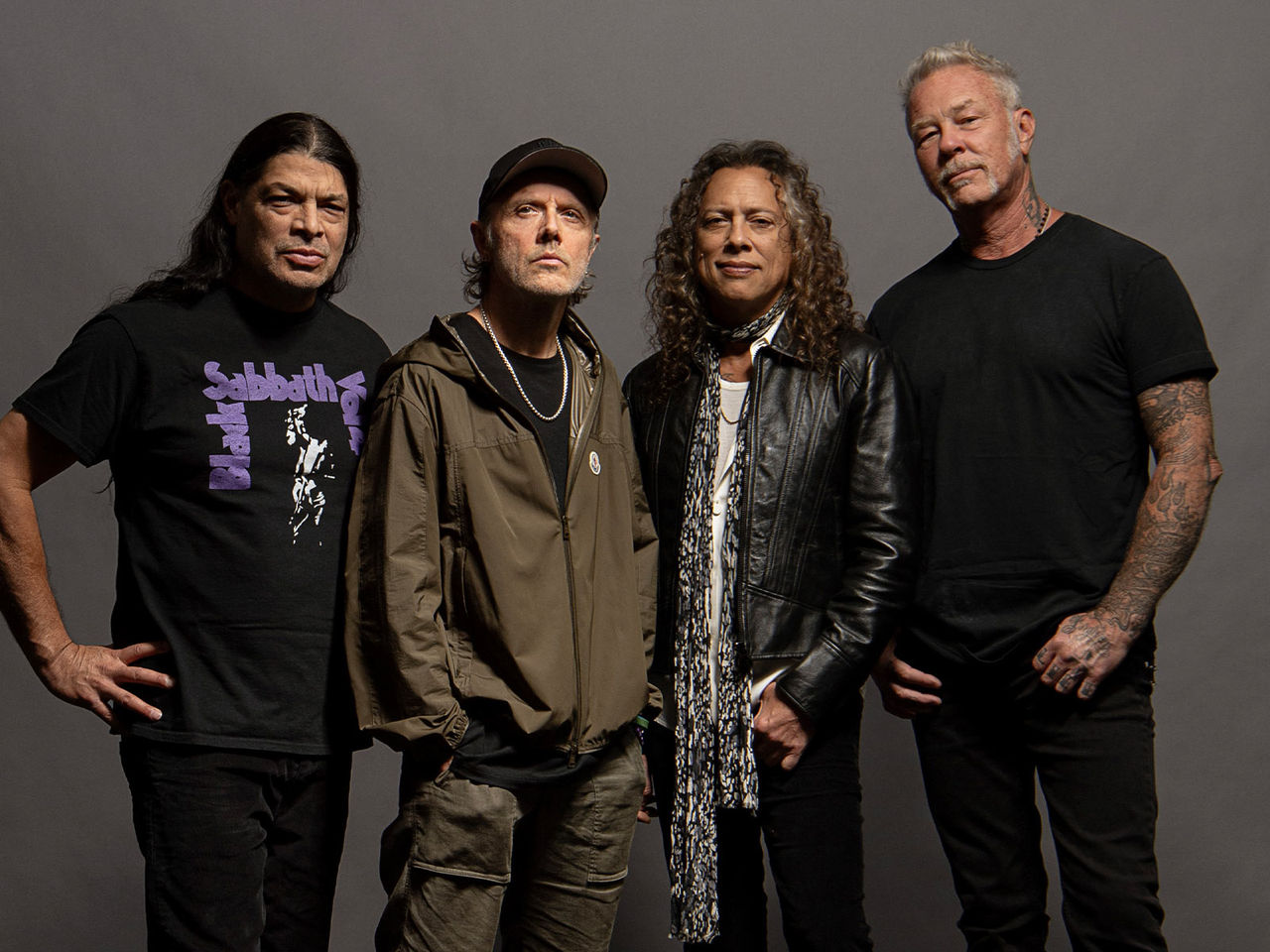
Commercially, the success was staggering. …And Justice for All went on to sell more than eight million copies in the U.S. alone, earning “One” a Grammy Award for Best Metal Performance in 1990 — the first ever awarded in that category. But beyond the trophies and sales, the song cemented Metallica’s reputation as more than just a heavy band — they were storytellers unafraid to confront humanity’s darkest truths.
Over thirty years later, “One” remains a staple of Metallica’s live shows and a rite of passage for any guitarist trying to master its intricate riffs. But more than that, it continues to serve as a haunting reminder of war’s true cost — not in numbers, but in the silent suffering of those who survive. As the final machine-gun rhythm fades into nothingness, one truth lingers: in “One,” Metallica didn’t just write a song — they captured the sound of a soul trapped forever between life and death.
